Development of a targeted Dual-Modality (PET/NIRF) radioimmunoconjugate for fluorescence guided sarcoma surgery
ABSTRACT NUMBER: NESS PRIZE FOR JUNIOR TRAINEES (BELOW ST3)_8
MAIN ABSTRACT TEXT
Introduction
Fluorescence guided surgery (FGS) for sarcoma resection is an evolving field, with the aim of reducing the positive margin rate and improving patient outcomes. Currently, only non-targeted dyes such as indocyanine green are adopted for clinical use, with known limitations. A sarcoma specific agent is an important next step. MT1-MMP is a cell surface proteinase overexpressed in sarcoma tissue, representing a promising molecular target.
Methods
Suitability of MT1-MMP as a molecular target was assessed using HT1080-WT and KO sarcoma cell lines in vitro. Development and evaluation of a novel dual-labelled radioimmunoconjugate ([89Zr]Zr-DFO-anti-MT1-MMP-IRDye800CW) and a non-specific IgG control were synthesised through a chemoenzymatic site-selective conjugation method and underwent characterisation, stability testing, and immunoreactivity assessment. A dedifferentiated chondrosarcoma mouse model by orthotopic intra-femoral injection of HT1080-WT or HT1080-KO cells in NSG mice was used to evaluate target binding and biodistribution of the probe.
Results
Fluorescence and Cerenkov radiation images acquired 24, 48, and 72 h post injection of [89Zr]Zr-DFO-anti-MT1-MMP-IRDye800CW indicated preferential tumour uptake in the WT mice compared to KO mice. Ex vivo gamma counting of the inoculated femur showed significantly higher uptake in the targeted tumour group (17.64 ± 3.84 %ID/g) compared to controls (p=0.0006), with a significantly greater tumour-to-blood ratio. Analysis of invaded muscle tissue sections showed higher fluorescence and autoradiography signal in the targeted group.
Conclusion
Our novel [89Zr]Zr-DFO-anti-MT1-MMP-IRDye800CW radioimmunoconjugate shows promise for potential use in fluorescence guided sarcoma surgery and pre-operative PET imaging to help guide planning and tumour resection. Future work will involve early phase clinical trials.
